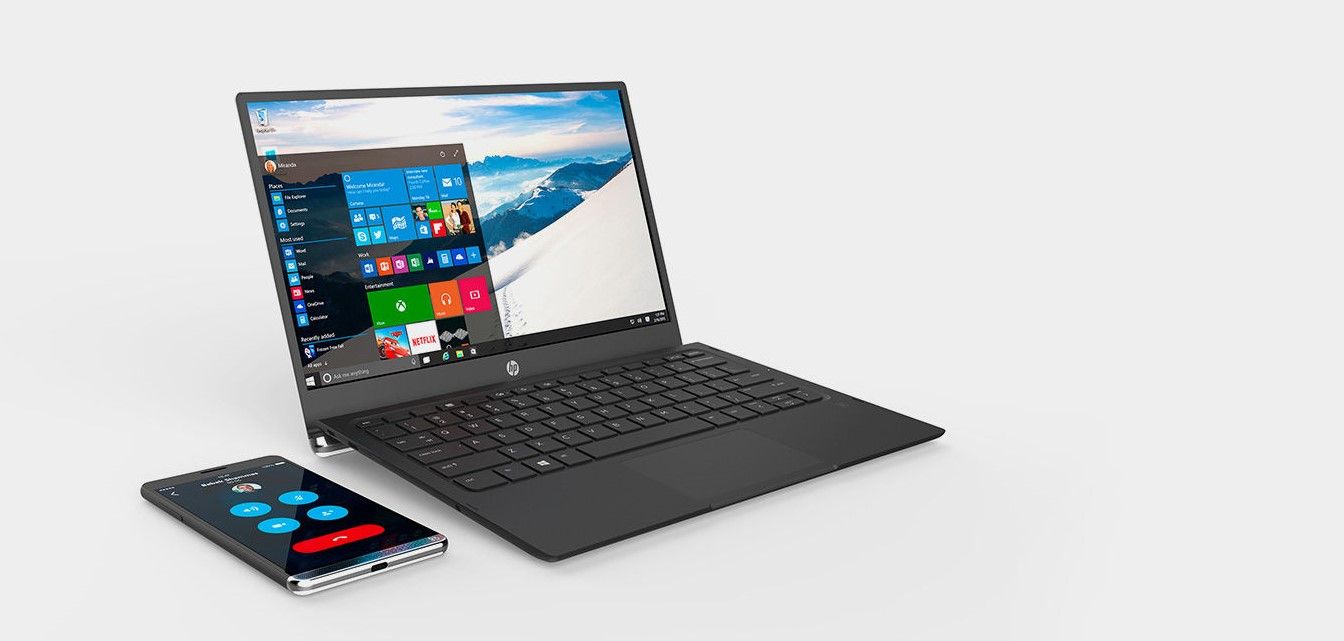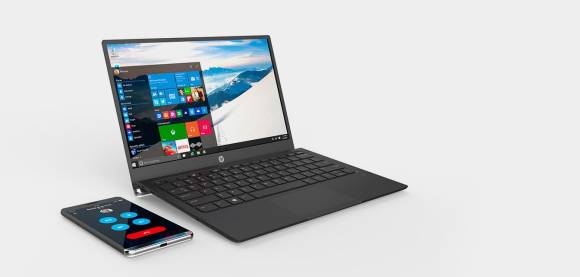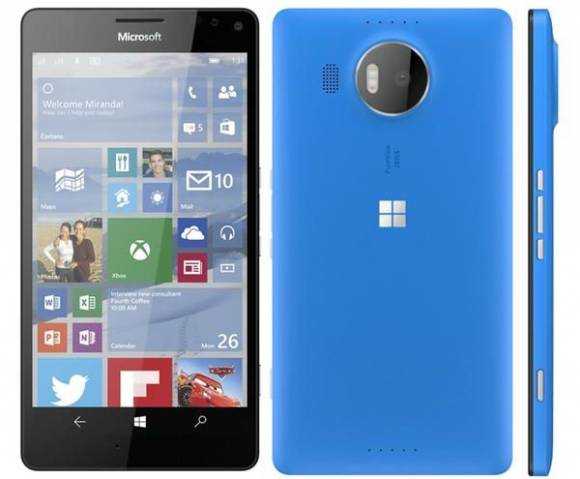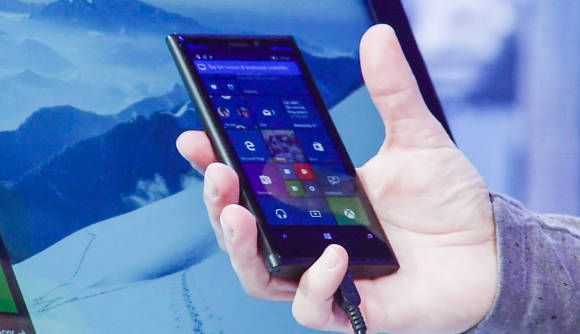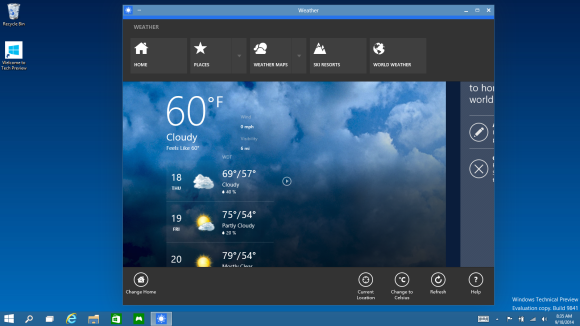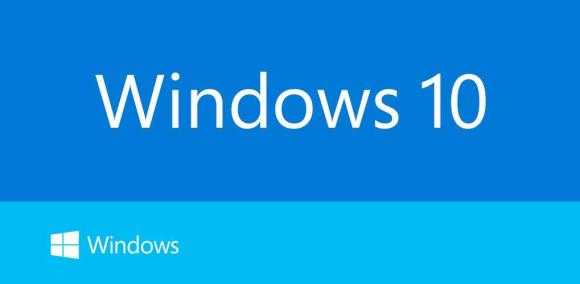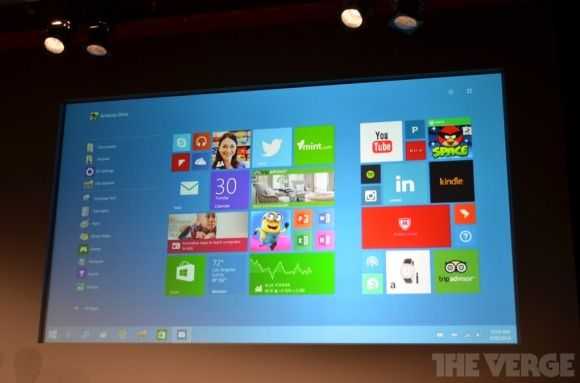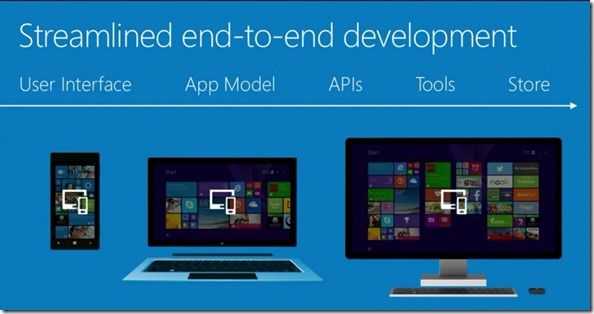10 years ago today I posted a set of blog posts about the need for a 5-7 inch mobile internet device. The Carrypad Journal covered the early days of the Windows tablet, the growth of consumer tablets and the evolution of mobile productivity. It’s a pleasure to be writing about a very intresting new product from HP today. The HP Elite X3.
Tag Archive | "universal apps"
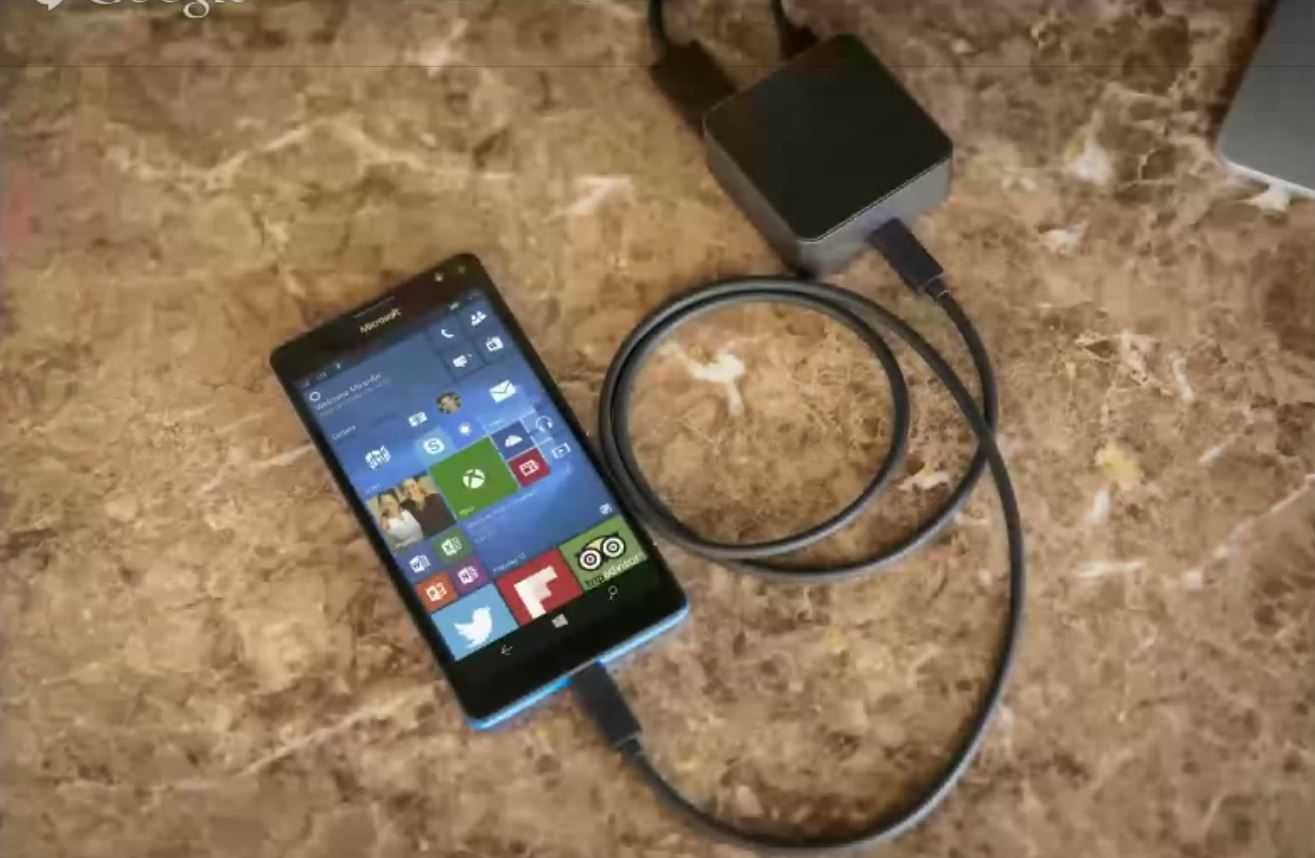
Lumia 950, UWP and Continuum. Mind-blowing potential.
Posted on 27 August 2015
Ultramobile computing fans, we have an ARM-based ‘phone’ product here that we need to watch very carefully. The Lumia 950 and 950 XL are likely to be the first Continuum-showcase Windows 10 phones. If you don’t know what Continuum is yet, see this post. The Lumia 950 will connect to a screen via USB-C, while charging, and allow you to run those Universal Apps as large screen optimized experiences. This is what the Universal Windows Platform (UWP) is all about and if developers see the potential here then the apps could really start to flow. Here are my thoughts.
You’re looking at a phone with hidden talent. To distill my explanation into a picture, look at this…
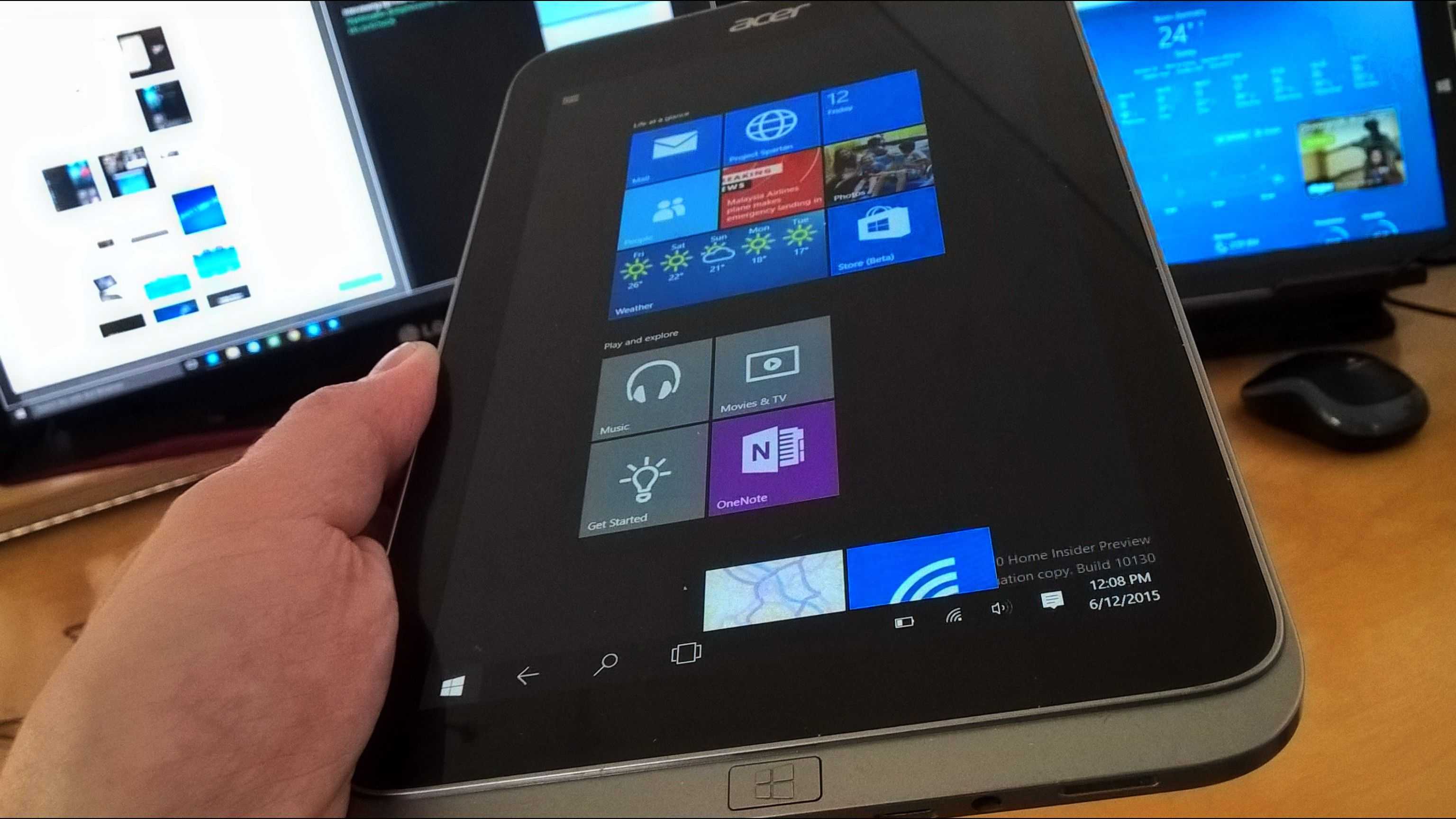
Windows 10 on Tablets. Preview review.
Posted on 12 June 2015
Windows 8.1 on tablets was a good experience. The Metro/RT system was modern, efficient, touch-friendly and apart from a lack of high quality apps, it was the best OS available for flexible and productive ultra-mobile PC usage. The problem was that Windows 8 got a bad reputation for being too much of a change for desktop users. Windows 10 is designed to change that but it’s by no means a desktop-first OS. It’s the first operating system and user interface ever that spans phone, tablet and desktop with the ability to run a single executable application on all platforms without any changes. It allows Windows 8-style Metro apps to float all over the desktop and it brings a notifications system to the desktop. It might feel like a desktop OS to desktop users but it’s further away from the Windows Desktop than Windows ever was. For tablet users there’s more mobile and tablet goodness in Windows 10 than in Windows 8.
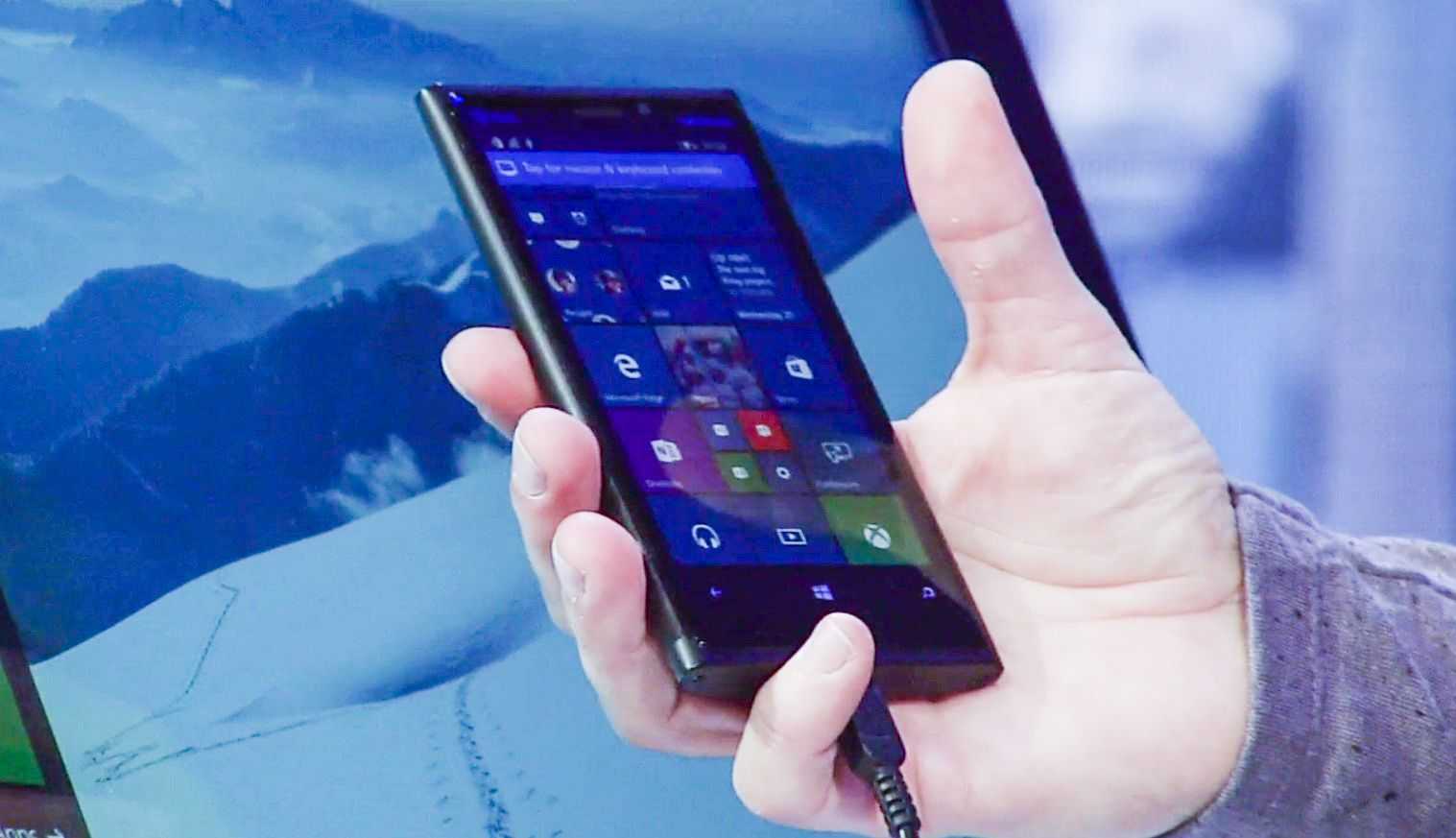
Post-PC, ultra-mobile PC and very, very disruptive. The Windows 10 Continuum demo at BUILD 2015 was mind-blowing.
Posted on 29 April 2015
It took 9 years of waiting and 2.5 hours of keynote to get there. Microsoft just demonstrated the ultimate ultra-mobile, cross-platform PC experience – A combination of Windows 10, Universal Apps and Continuum on a phone running a Universal app that adapts the UI as it moves from phone to big-screen. One device, one OS, one app, multiple screens. If this strategy works then it’s likely to mean the death of the consumer Windows Desktop and completely change the consumer PC market. It also opens up the desktop screen to ARM-based devices. There’s a lot to think about here.
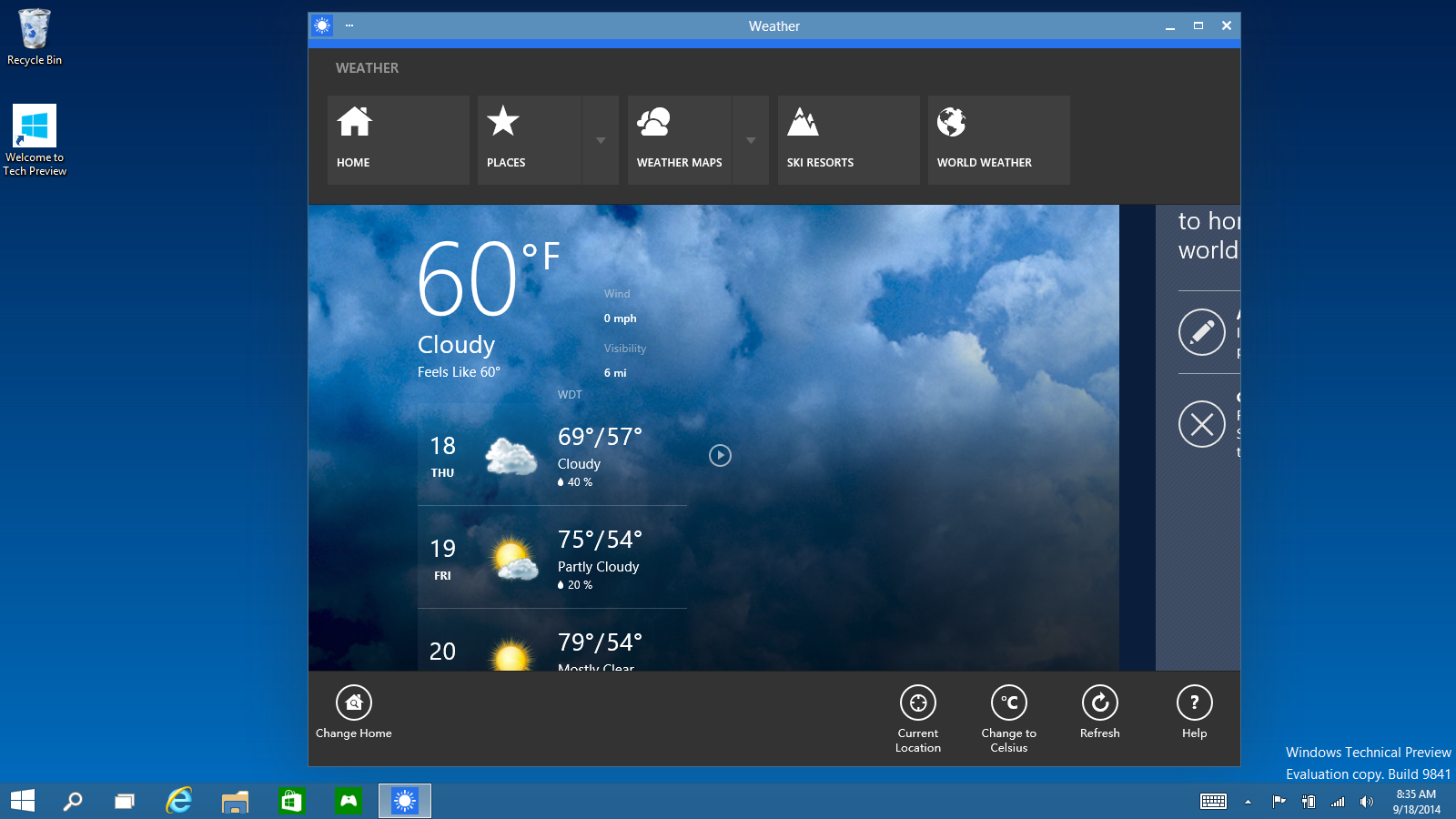
Windows 10 – Good or Bad for Touch and Mobility?
Posted on 01 October 2014
Is it too early to be worrying about Windows 10 and how the changes will affect touch and mobile users? I don’t think so. The test and feedback program starts today (October 1st, see preview.windows.com) and as a touch-focused user that was very happy with the clear split between sandboxed, touch-friendly RT apps with sharing and always-on capability and the desktop as my productive, mains-powered space i’m now looking at a mash-up that could be more confusing than ever. In my eyes Microsoft has re-positioned touch and mobility back down the list of priorities and put a big question-mark over the future of touch-focused apps on Windows PCs.
A summary of the announcements from yesterday can be found in my summary here but in essence, all you need to know is that Microsoft are bringing back the single-desktop environment and allowing the RT apps (to be known as Universal apps) to float into it. Think about this…
Why develop Universal apps?
Skype will have a touch-friendly cut-down application and a desktop application that can run side-by-side on the desktop. One will be sandboxed and allowed to run when a PC is in Connected Standby/InstantGo and the other is the fully featured desktop app. Where will Skype go from here? Facebook will be fun too. You can choose the RT app, the IE desktop web site or the IE Metro web site. Evernote will have an app, a desktop app and a browser app. Not only is this confusing for users but it also brings up the question about future development of Universal apps. Why develop an RT/Universal app that will sit on a desktop and compete with the other app you’ve written?
Microsoft are going to have to promote Universal apps hard if they want the Store to work on Windows 10 PCs. The only place they can really start today is by encouraging developers to make Windows Phone apps (which will also be known as Windows 10) that are Universal apps that can run on the desktop but will those developers bother to consider a 2K screen layout? Microsoft will have to prove to developers that the economy for Windows Universal application development is going to improve drastically before the developers make any moves.
Universal apps ready for the desktop limelight?
Will floating RT apps onto the desktop make them more popular? If so, the economy for Universal apps changes for the better but if not, if users discover cut-down versions of their favorite apps and games, they might ignore Universal apps altogether even if they do bring better security, better sharing, better battery life and better touch user interfaces. Universal apps may not be fit for putting in front of desktop users. If they’re not good enough they’ll suffer, regardless of security advantages. In terms of software development for Windows, the financial planning just got a little harder. It’s very possible that Universal apps become 100% reliant on the Windows 10 phone market.
Microsoft’s message to developers today is nothing more than this: “The most important thing you should take from today’s announcements is that the best way to prepare for Windows 10 is to keep building universal Windows apps.” [Source.]
Touch second?
In the launch event yesterday Microsoft spoke primarily about desktop and business users. Microsoft did, however, mention a feature called Continuum. It’s not yet built into the preview version of Windows 10 and all it looks like is an auto-sensing UI feature. If you’ve got touch you’ll get a full-screen start page as you do now. Applications started from that screen will then float onto the desktop where you’ve got keyboard and mouse-focused controls. Is that a continuum, or a hybrid?
Snapping Windows together will definitely become a hybrid. Do I really want an old, non PPI sensing Windows dekstop app floating next to the Skype Universal application?
“We’re not talking about one UI to rule them all – we’re talking about one product family, with a tailored experience for each device.” [Source]
Continuum is where touch users will need to focus over the next 6-8 months but I suspect the first previews won’t really tell us much about the feature.
Windows 10 feedback
My first feedback to Microsoft would be this: Allow me to turn off desktop apps. Allow me to go into a Universal applications mode where the DAM (desktop activity moderator – as found on Windows systems with Connected Standby) hides and pauses all desktop activity leaving me with an efficient, secure, sandboxed, touch-friendly selection of apps. I don’t want a RT-style build with a desktop that is completely disabled though. I think the education market would appreciate this too – Chrome OS owes part of its success to sandboxing.
Respect to Microsoft for listening to customers feedback and offering up a preview program that will steer the final features and user-interface of Windows 10 but I worry that the 2-in-1, tablet and touch users are going to be under-represented. If you’re in that boat I encourage you to download the preview and give your feedback to Microsoft so that we can continue to have touch and mobility as first-class considerations in Windows 10.

Windows 10 is coming mid-2015 with Continuum and Unified apps store. (Event precis.)
Posted on 30 September 2014
At last. Microsoft have just announced the name of the next version of Windows and to everyone’s shock it’s going to be called Windows 10.
I’ve been following the live blog at The Verge and hundreds of tweets coming out of the event and it’s already clear that Microsoft is going to be focusing on business with Windows 10. A familiar look, security and management is being promoted which, for those of us into touch, is a worrying start.
As was previously rumored, Store-based Universal apps will be sandboxed and will run on the desktop. At this point we’re getting a little bit more worried about the touch UI that was Metro.
Microsoft appear to have implemented a new multi-desktop feature which allows the user to grab apps from another desktop and there’s an unexpected update to the command line. You can now CTRL-C, CTRL-V among other keyboard shortcuts
Touch users…
“We want to support those Windows 8 users who have touch machines and getting a lot of benefit out of them.”
Some edge swipes are still there, there is scrolling and pinch support. The charms bar was shown in a demo but apparently that might change. The task view (swipe from left) will be removed and replaced with a desktop-style task switcher.
2-in-1 users can benefit from a new feature that Microsoft are calling Continuum which changes the look based on the input method being used.
Touch users can now breath a sign of relief. Here’s the Start screen on a touch-enabled device.
Above image via The Verge
Preview versions of Windows 10 under the Windows Insider Program will appear at http://preview.windows.com
Windows 10 is said to be shipping “later in the year” 2015 which is later than expected. “At our Build conference in April, we’ll share more about Universal apps.” Of course we already heard about universal apps at this years BUILD.
Finally, in a Q&A it was confirmed that the new smartphone operating system from Microsoft will also be called Windows 10 but won’t have a desktop.
That wraps-up the first information we have about Windows 10. More will filter through over time so stay tuned!

Windows Universal Apps announced at BUILD
Posted on 02 April 2014
At the opening keynote of the BUILD developer conference in San Francisco today Microsoft announced something that will completely change the way application development is approached for Windows 8 Phone and Windows 8. Windows Runtime is now going to be supported across both Phone and Modern to allow cross-platform development. Visual Basic tools have been updated to support the new cross-device development mode.
Update: Universal apps coming to Xbox. The Windows dev economy just tipped!
 |
| |||
 |
| |||
 |
| |||
 |
| |||
 |
| |||
 |
| |||
 |
| |||
 |
| |||
 |
| |||
 |
|

